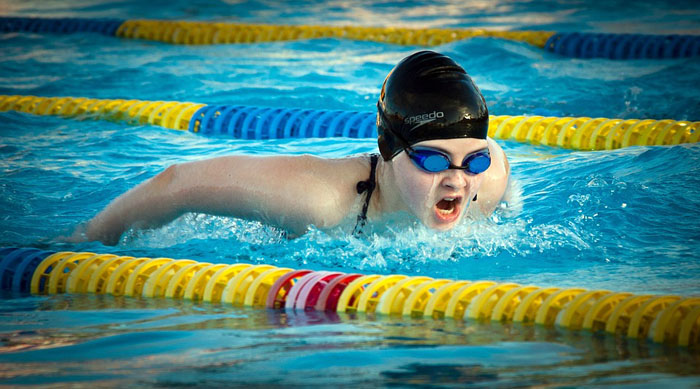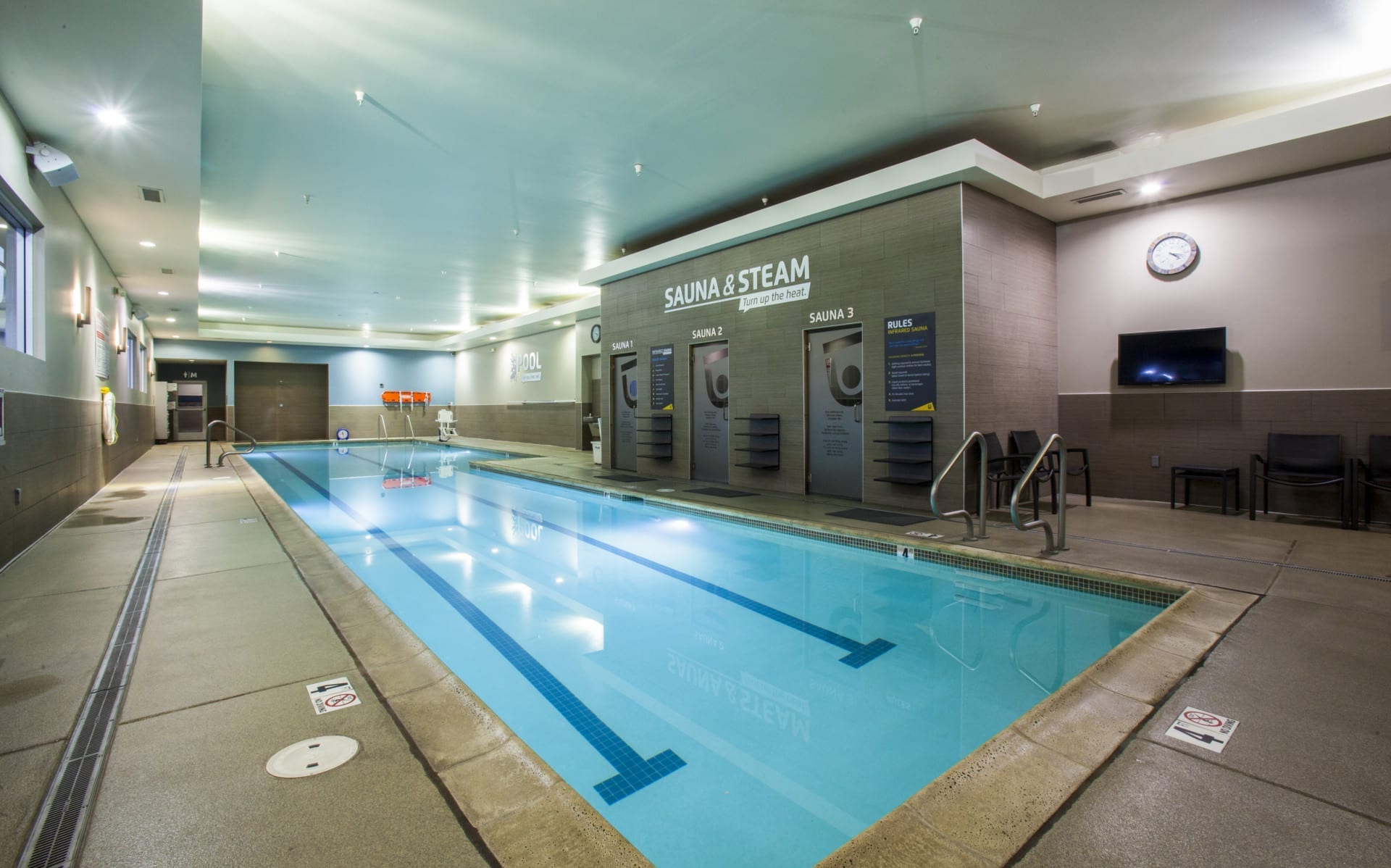Introduction
Competitive swimming is one of the fastest growing sports in the United States. The competitive swimmer is a serious competitor who trains hard and expects to win, but it’s also fun! In this guide we’ll explain what competitive swimming is all about and how it works so that you can join in on the fun yourself!
You must be a USA Swimming member.
You must be a USA Swimming member to compete in any sanctioned USA Swimming event. You can join at any time through the USA Swimming website or by downloading an application form and mailing it to the address on your membership card. To be eligible for competition, you must meet all of the following requirements:
- Be age 18 or older (no exceptions)
- Have a current USA Swimming membership card or identification badge issued by USMS that shows proof of membership status (such as date purchased) and expiration date (within 90 days before race day)
If you’re new to competitive swimming but would like to begin training for next year’s competitions, check out our Beginner Training Guide!
All races are timed, and you must use a certified electronic timing system.
The rules for each event differ slightly from one another, but there are some commonalities that apply to all competitions:
- All swimmers must wear a swim cap (or “cap”) during competition.
- Swimmers may not touch the pool bottom or wall with their hands or feet while in the water. This includes any part of their bodies touching the floor or wall as well as any equipment worn by them such as goggles or gloves that do not come off during competition. This rule also applies when swimming under water pipes (such as hot tubs) because they could be used as footholds by competitors who might otherwise fall into them during races if they weren’t being used effectively by others beforehand!
Timing systems must be set up before the start of the race and checked at the end of the race.
Timing systems must be accurate and reliable. For example, if you use an electronic timing system (ETC), you will need to ensure that it is certified by USA Swimming or another national swimming organization.
You should also make sure that your timing system meets certain standards set out by USA Swimming rules:
Competition Rules
- It is not necessary to swim with anyone else to finish your race.
- The object of the competition is to swim as fast as possible from one end of the pool to another, but it’s also important that you know all about the rules before you compete.
All strokes
All strokes are allowed in competition, including freestyle, butterfly, backstroke, breaststroke and individual medley. Each stroke has its own set of rules and regulations. For example:
- Freestyle: A swimmer must complete one full length of the pool with at least one pull-off or push-off before turning around in the water without touching their head on any surface (including drain plugs). If you do touch your head while taking off from anywhere but the starting block there will be no penalty; however if this happens while finishing up after completing your race then it is considered an infraction punishable by disqualification.
Freestyle
Freestyle is the most popular stroke in competitive swimming, and it’s a front crawl stroke. To swim freestyle, you start at the wall and bring your hands forward as you kick, then push off with one hand without lifting it from the water (similar to pulling up on a car door handle). Then you turn and head back toward yourself in one fluid motion neat!
The main difference between freestyle and other strokes is how far from the wall you can go before turning: if there’s space for another person or object behind them (such as someone standing on land), then they’ll be able to see where their body ends up when it gets there. If there isn’t room for someone else behind them because they’re too close together (like two boats), then no one will see where their bodies end up when they get there either!
Backstroke
Backstroke is a swimming stroke in which the head remains above water at all times. This makes it one of the most difficult strokes to learn, because you must keep everything in your mind while doing it. It’s also known as the butterfly stroke and is a competitive swimming stroke.
Backstrokes are done by starting from either breaststroke or freestyle positions, then pushing off from your hips with both arms and legs together (as if you were running) before bringing them back together again–but don’t stop there! Your body should remain horizontal throughout this entire process so that when you pull yourself under water for recovery or take off again after reaching shoreline or pier edge (depending on where you’re practicing), there will be no risk of hitting anything hard with your head–something that could result in serious injury if not properly avoided!
Butterfly
The butterfly is a stroke where the body is horizontal and the arms are also horizontal. The swimmer must turn over at the end of each stroke, breathe on every third stroke, and finish with a flip turn (turning 180 degrees).
Breaststroke
Breaststroke is a front crawl stroke. It’s a four-beat, or “quad,” stroke that’s often slower than other strokes but makes up for it by being easier to learn.
Breaststrokes are generally easier to learn than backstrokes and freestyle because they don’t require as much effort from your arms and legs in order to move through the water–and they’re also easier to breathe while swimming because you don’t have to worry about inhaling air bubbles into your lungs when breathing out through pursed lips like you do with other strokes!
The main drawback of breaststrokes is that they aren’t very fast compared with other competitive swimming events like butterfly or freestyle (backstroke).
This means that if someone wants an edge on their competition at these kinds of races it could be helpful for them if they know how long each length will take them so they can plan ahead accordingly; otherwise there may come a point where fatigue sets in early enough during races where mistakes begin creeping into performance levels due to lackadaisical behavior rather than actual slothfulness.”
Glossary
The following is a glossary of terms and rules that are used in competitive swimming.
- Sponsor: A company or organization that helps fund the competition and pays for expenses like equipment, uniforms and transportation.
- Scorekeeper: A person responsible for keeping track of scores during an event. They are often part of the officiating crew but may also be responsible for other duties like timing events or collecting money from spectators at the end of each race.
- Scoring system: The way points are awarded after each race ends (i.e., first place gets 10 points; second place gets 9 points). There are typically four different types of scoring systems used by different organizations depending on their goals (for example: 1st-5th place in freestyle events).
You can swim in any lane that has not been filled.
You can swim in any lane that is free.
You can swim in any lane that has not been taken by another swimmer.
It is not necessary to swim with someone to finish your race.
If you do choose to swim with someone else, you must stay in the same lane and finish together.
The object of the race is to swim as fast as possible from one end of the pool to another.
The object of the race is to swim as fast as possible from one end of the pool to another. There are no turns or stops allowed, so you’ll have to do all your swimming in one continuous motion.
Don’t worry about how others are doing: They might be fast at it, but this isn’t a competition between swimmers; it’s more about who can get across first. Try not to think about whether or not your time will beat everyone else’s–just focus on getting out there and trying hard!
If you want to compete in a large pool, you need to know these rules!
- First of all, there are a few different classes of pools: Open and Closed. The difference between the two is that an open pool allows anyone who wants to swim in it but doesn’t have any official membership or pay any fees; whereas closed pools require memberships and fees before anyone can enter. This can be confusing because some pools are open while others aren’t–but don’t worry: we’ve got your back here at [INSERT NAME].
- Another thing that separates open from closed pools is whether or not they allow dolphin racing (also known as “sub-aqua”). Dolphin racing involves two teams of swimmers swimming around each other without touching their hands together; each team tries hard not only not miss their target but also keep up with the speed required for victory! It’s basically like synchronized swimming meets soccer matches without referees–and we love it!
- And lastly…we’re sure everyone knows how important being nice is when competing against other people so let us give some advice: always smile even if someone makes fun of your race costume …
Conclusion
We hope this article has helped you to understand the rules of competitive swimming and how they can help you reach your goals. If you want to learn more, check out our blog post on competitive swimming!










